Proper lighting is essential for the growth and health of succulents. Succulents are unique plants that have adapted to survive in arid environments by storing water in their leaves, stems, and roots. However, they still require adequate light to carry out photosynthesis and maintain their overall health. In this article, we will explore the importance of proper lighting for succulents and discuss different types of light sources, how to determine the right amount of light for your succulent, the effects of too much or too little light, the best placement for succulents based on lighting needs, indoor vs outdoor lighting options, artificial lighting options, seasonal changes in lighting needs, how to adjust lighting for growth and health, common lighting mistakes to avoid, and conclude with final thoughts and recommendations for succulent lighting success.
Understanding the Importance of Proper Lighting for Succulents
Proper lighting is crucial for the growth and health of succulents. Succulents are adapted to thrive in bright and sunny environments, so they require a significant amount of light to carry out photosynthesis. Photosynthesis is the process by which plants convert light energy into chemical energy, which is used to fuel their growth and development. Without adequate light, succulents may struggle to produce enough energy to support their metabolic processes.
In addition to photosynthesis, proper lighting also affects water absorption in succulents. Succulents have specialized structures called stomata on their leaves that allow them to take in carbon dioxide from the air and release oxygen. These stomata also play a role in water regulation. When succulents are exposed to bright light, their stomata close up to prevent excessive water loss through transpiration. This helps them conserve water in their leaves and prevents dehydration. On the other hand, when succulents are not exposed to enough light, their stomata remain open for longer periods of time, leading to increased water loss and potential dehydration.
Different Types of Light Sources for Succulents
There are different types of light sources that can be used to provide the necessary light for succulents. The most natural light source is direct sunlight, which provides the full spectrum of light that plants need for photosynthesis. However, not all succulents can tolerate direct sunlight, so it is important to consider their specific lighting needs.
Indirect sunlight is another natural light source that can be beneficial for succulents. This type of light is diffused and less intense than direct sunlight, making it suitable for succulents that prefer partial shade or filtered light. Shade is another natural light source that provides diffused light with minimal direct sunlight. Some succulents thrive in shaded areas and can be damaged by too much direct sunlight.
Artificial light sources can also be used to provide the necessary light for succulents. LED grow lights are a popular choice among indoor gardeners because they are energy-efficient and provide a full spectrum of light that is suitable for plant growth. Fluorescent lights are another option, and they come in different spectrums (cool white, warm white) that can be tailored to the specific needs of succulents. Incandescent lights are not recommended for succulents because they produce too much heat and can burn the plants.
How to Determine the Right Amount of Light for Your Succulent
Determining the right amount of light for your succulent requires considering several factors. The first factor to consider is the species of succulent you have. Different species have different lighting requirements, so it is important to research the specific needs of your succulent. Some succulents, like Echeverias and Sedums, prefer bright, direct sunlight, while others, like Haworthias and Gasterias, prefer indirect or filtered light.
The location of your succulent is another important factor to consider. If you are growing your succulent indoors, the amount of natural light it receives will depend on the direction and size of your windows. South-facing windows generally receive the most light, while north-facing windows receive the least. East and west-facing windows receive a moderate amount of light. If you are growing your succulent outdoors, consider the amount of shade or direct sunlight it will receive throughout the day.
The time of year also affects the amount of light your succulent receives. In the summer months, when the days are longer and the sun is higher in the sky, succulents may require more light than in the winter months when the days are shorter and the sun is lower in the sky. It is important to monitor your succulent’s lighting needs throughout the year and make adjustments as necessary.
To measure light intensity, you can use a light meter or a smartphone app that measures lux or foot-candles. Lux is a unit of measurement that quantifies the intensity of light, while foot-candles measure the amount of light that falls on a surface. The ideal light intensity for most succulents is between 10,000 and 20,000 lux or 1,000 to 2,000 foot-candles. The duration of light exposure is also important. Most succulents require at least 6 hours of direct or indirect sunlight per day to thrive.
The Effects of Too Much or Too Little Light on Succulents
Both too much and too little light can have negative effects on succulents. Too much light can cause sunburn and dehydration in succulents. Sunburn appears as brown or white patches on the leaves and stems of succulents and can be irreversible. Dehydration occurs when succulents are exposed to intense sunlight for extended periods without enough water to compensate for water loss through transpiration.
On the other hand, too little light can lead to etiolation and stunted growth in succulents. Etiolation is a condition where succulents become elongated and stretched out as they reach for more light. This happens because succulents are trying to maximize their exposure to light by growing taller. However, this growth is weak and can result in weak stems and leaves that are more susceptible to damage.
To prevent sunburn and dehydration, it is important to gradually acclimate your succulent to direct sunlight if it is not used to it. Start by placing your succulent in a location with indirect sunlight and gradually increase the amount of direct sunlight it receives over a period of weeks. This will allow the plant to adjust and develop a protective layer of pigments that can help prevent sunburn.
To prevent etiolation and stunted growth, make sure your succulent is receiving enough light. If you notice your succulent stretching towards the light, it is an indication that it is not receiving enough light. Move your succulent to a location with more light or consider using artificial grow lights to supplement the natural light.
Best Placement for Succulents Based on Lighting Needs
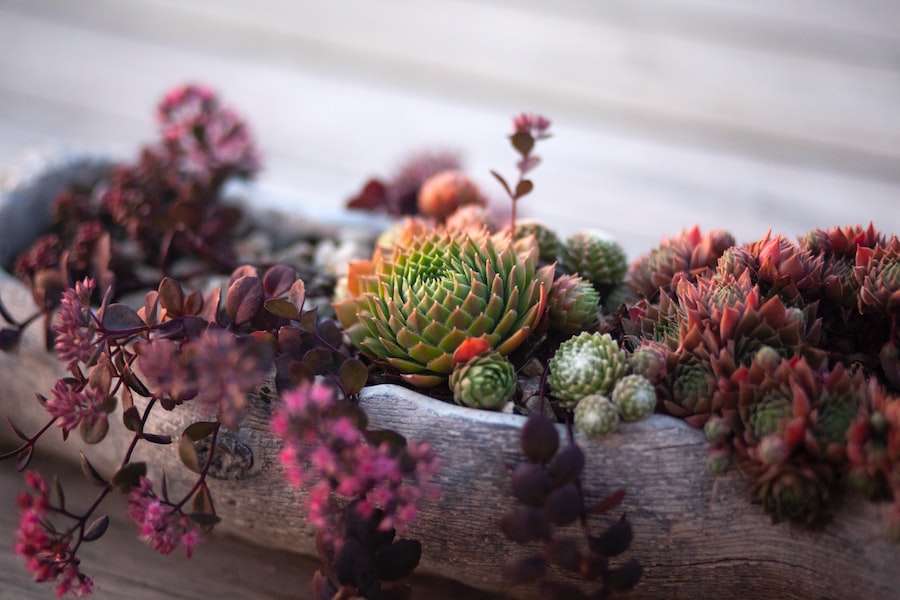
The best placement for succulents depends on their specific lighting needs. Succulents that prefer bright, direct sunlight should be placed in south-facing windows or in outdoor areas that receive full sun for most of the day. These succulents include Echeverias, Sedums, and Crassulas.
Succulents that prefer indirect or filtered light can be placed in east or west-facing windows where they will receive bright but indirect sunlight for part of the day. These succulents include Haworthias, Gasterias, and some Aloe species.
Succulents that prefer shade should be placed in north-facing windows or in outdoor areas that receive minimal direct sunlight. These succulents include some varieties of Sansevierias and some types of Rhipsalis.
It is important to adjust the placement of your succulents as the seasons change. In the summer months, when the sun is higher in the sky, succulents may require more shade or filtered light to prevent sunburn. In the winter months, when the sun is lower in the sky, succulents may require more direct sunlight to compensate for the reduced light intensity.
Indoor vs Outdoor Lighting for Succulents
Both indoor and outdoor lighting options can be suitable for succulents, but each option has its pros and cons. Indoor lighting allows you to have more control over the lighting conditions for your succulents. You can use artificial grow lights to provide the necessary light intensity and duration, regardless of the natural light available in your home. This is especially beneficial if you live in a location with limited sunlight or if you want to grow succulents that require specific lighting conditions.
However, indoor lighting may not always provide the full spectrum of light that succulents need for optimal growth. Natural sunlight contains a wide range of wavelengths that plants use for photosynthesis, including red and blue light. While some LED grow lights can provide a full spectrum of light, others may only emit specific wavelengths. It is important to choose grow lights that provide a balanced spectrum of light or use a combination of different types of lights to ensure your succulents receive all the necessary wavelengths.
Outdoor lighting, on the other hand, provides natural sunlight that contains the full spectrum of light that succulents need. This allows them to carry out photosynthesis more efficiently and promotes overall growth and health. Outdoor lighting also allows succulents to experience natural day-night cycles, which can be beneficial for their biological processes.
However, outdoor lighting is subject to weather conditions and seasonal changes. Succulents grown outdoors may be exposed to extreme temperatures, strong winds, and heavy rain, which can affect their growth and health. Outdoor succulents may also be more susceptible to pests and diseases. Additionally, not all succulents can tolerate outdoor conditions, especially in regions with harsh climates.
Artificial Lighting Options for Succulents
Artificial lighting options can be a great alternative or supplement to natural light for succulents. LED grow lights are a popular choice among indoor gardeners because they are energy-efficient and provide a full spectrum of light that is suitable for plant growth. LED grow lights come in different spectrums, including red and blue light, which are the most important wavelengths for photosynthesis. Some LED grow lights also allow you to adjust the intensity and duration of light, giving you more control over the lighting conditions for your succulents.
Fluorescent lights are another option for providing artificial light to succulents. They come in different spectrums, including cool white and warm white, which can be tailored to the specific needs of your succulents. Cool white fluorescent lights emit more blue light, which is beneficial for vegetative growth, while warm white fluorescent lights emit more red light, which is beneficial for flowering and fruiting.
Incandescent lights are not recommended for succulents because they produce too much heat and can burn the plants. However, if you choose to use incandescent lights, make sure to keep them at a safe distance from your succulents to prevent overheating.
When using artificial lighting, it is important to consider the intensity and duration of light. Most succulents require at least 6 hours of direct or indirect sunlight per day to thrive. If using artificial lighting, aim for a light intensity of 10,000 to 20,000 lux or 1,000 to 2,000 foot-candles. The duration of light exposure should mimic natural day-night cycles, with a period of darkness for the succulents to rest.
Seasonal Changes in Lighting Needs for Succulents
Succulent lighting needs change throughout the year due to seasonal variations in sunlight intensity and duration. In the summer months, when the days are longer and the sun is higher in the sky, succulents may require more shade or filtered light to prevent sunburn. This can be achieved by moving your succulents to a location with indirect sunlight or by using shade cloth or sheer curtains to filter the light.
In the winter months, when the days are shorter and the sun is lower in the sky, succulents may require more direct sunlight to compensate for the reduced light intensity. This can be achieved by moving your succulents to a location with more direct sunlight or by using artificial grow lights to supplement the natural light.
It is important to monitor your succulent’s lighting needs throughout the year and make adjustments as necessary. Pay attention to any signs of sunburn or etiolation, as these are indications that your succulent may not be receiving the right amount of light. Adjust the placement of your succulents or use artificial lighting to provide the necessary light intensity and duration.
How to Adjust Lighting for Succulent Growth and Health
Adjusting lighting for succulent growth and health requires careful observation and monitoring. Start by assessing your succulent’s current lighting conditions and determine if any adjustments need to be made. Look for signs of sunburn, dehydration, etiolation, or stunted growth, as these are indications that your succulent may not be receiving the right amount of light.
If your succulent is experiencing sunburn or dehydration, move it to a location with less direct sunlight or provide shade using shade cloth or sheer curtains. Gradually acclimate your succulent to direct sunlight if it is not used to it, starting with a few hours of indirect sunlight and gradually increasing the exposure over a period of weeks.
If your succulent is experiencing etiolation or stunted growth, move it to a location with more direct sunlight or use artificial grow lights to supplement the natural light. Make sure your succulent is receiving at least 6 hours of direct or indirect sunlight per day. If using artificial lighting, aim for a light intensity of 10,000 to 20,000 lux or 1,000 to 2,000 foot-candles.
Monitor your succulent’s response to the adjusted lighting conditions and make further adjustments as necessary. It may take some trial and error to find the right balance of light for your succulent, but with careful observation and monitoring, you can promote healthy growth and prevent issues.
Common Lighting Mistakes to Avoid with Succulents
There are several common mistakes that people make when it comes to succulent lighting. One common mistake is placing succulents in locations with too much direct sunlight without acclimating them first. This can lead to sunburn and dehydration. To prevent this, gradually acclimate your succulent to direct sunlight by starting with a few hours of indirect sunlight and gradually increasing the exposure over a period of weeks.
Another common mistake is not providing enough light for succulents. Succulents that do not receive enough light may become etiolated and have weak stems and leaves. To prevent this, make sure your succulent is receiving at least 6 hours of direct or indirect sunlight per day. If using artificial lighting, aim for a light intensity of at least 2000 to 3000 lux. This can be achieved by using fluorescent or LED grow lights specifically designed for plants. It is important to position the lights close enough to the succulent, usually within 6 to 12 inches, to ensure they are receiving adequate light. Additionally, rotating the succulent every few weeks can help ensure even growth and prevent it from leaning towards the light source.
If you’re looking to enhance the growth of your succulents, one important factor to consider is lighting. Proper lighting is crucial for the health and development of these plants. In fact, studies have shown that different types of lighting can have a significant impact on succulent growth. To learn more about the best lighting options for your succulents, check out this informative article on sun-loving succulents and their ability to handle full sun exposure. Discover how to provide the right amount of light for your succulents to thrive and elevate your garden design.
FAQs
What is the best type of lighting for succulents?
Succulents thrive in bright, indirect light. They can also tolerate some direct sunlight, but too much can cause sunburn and damage to the plant. It is recommended to provide them with 6-8 hours of bright, indirect light per day.
Can succulents survive in low light conditions?
While succulents can survive in low light conditions, they will not thrive and may become leggy and stretched out as they reach for light. It is best to provide them with bright, indirect light to promote healthy growth.
What are some common types of lighting for succulents?
Common types of lighting for succulents include natural sunlight, fluorescent lights, LED lights, and grow lights. It is important to choose a light source that provides the appropriate spectrum of light for plant growth.
How far should grow lights be from succulents?
Grow lights should be placed 6-12 inches away from succulents to provide the appropriate amount of light without causing damage to the plant. It is important to monitor the plant for signs of sunburn or damage and adjust the distance of the light source accordingly.
How long should succulents be exposed to light each day?
Succulents should be exposed to 6-8 hours of bright, indirect light per day. It is important to provide them with a period of darkness each day to allow for proper growth and development.
Can succulents be grown indoors with artificial lighting?
Yes, succulents can be grown indoors with artificial lighting. It is important to choose a light source that provides the appropriate spectrum of light for plant growth and to monitor the plant for signs of sunburn or damage.








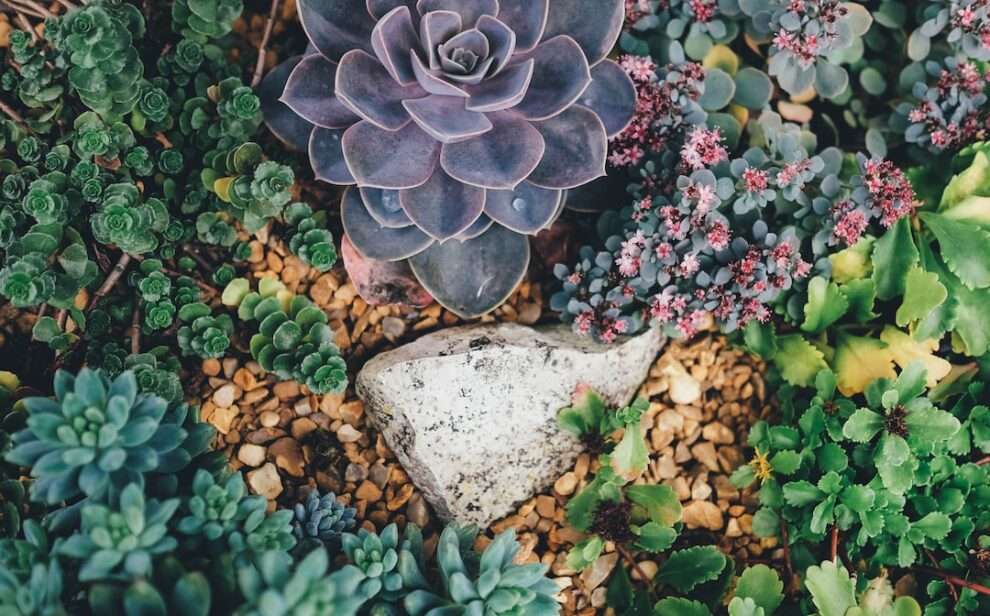
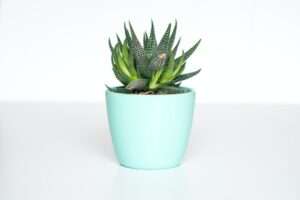
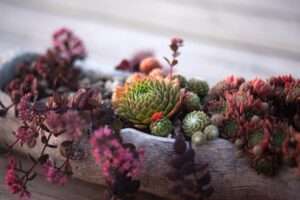
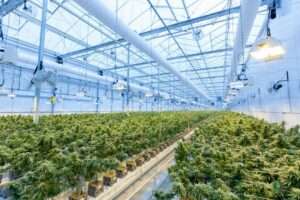





Add Comment